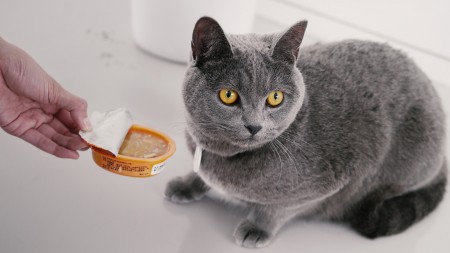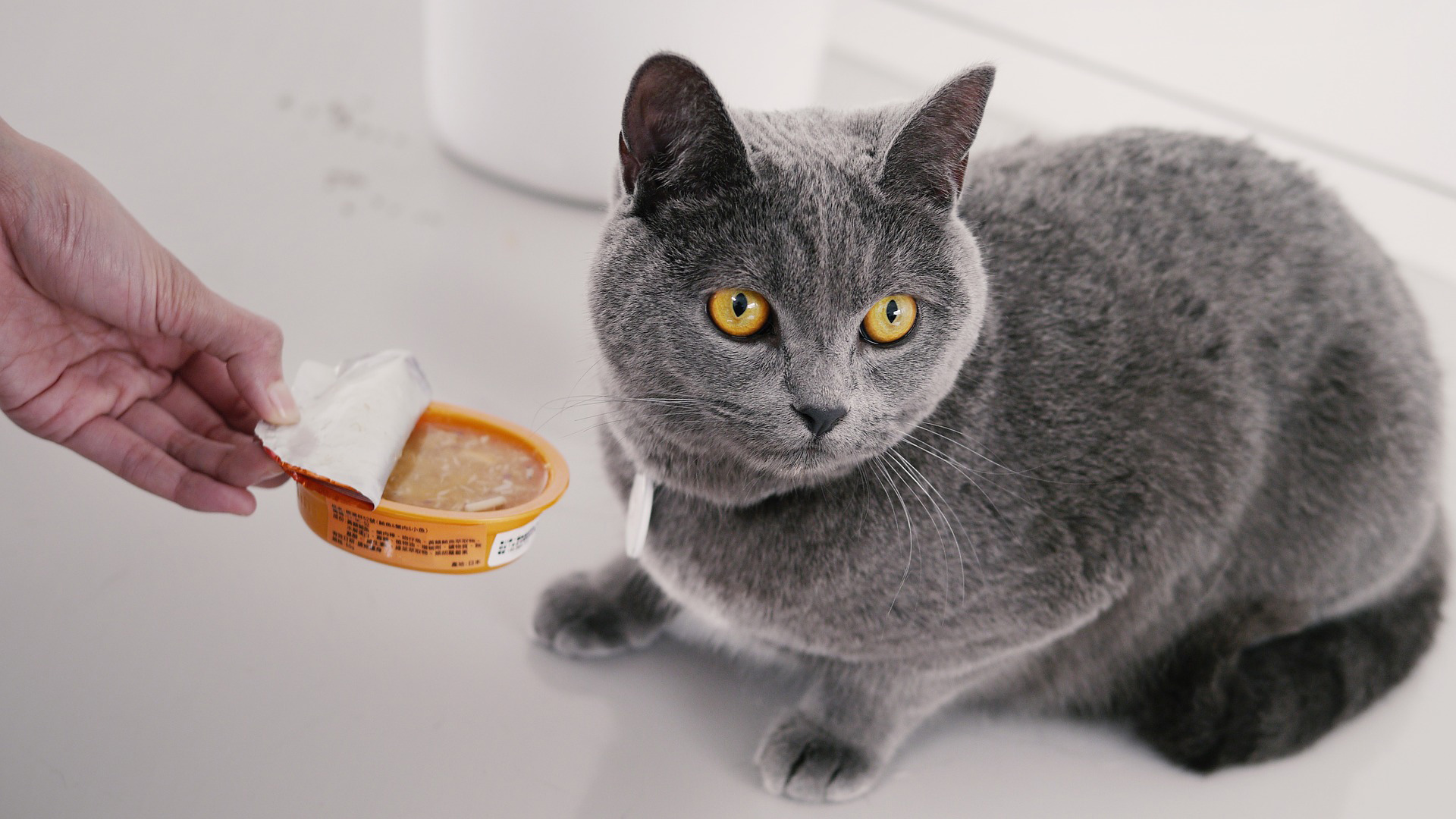
Most pet owners think they know what’s best for their pets, especially when it comes to nutrition, but they’re not always right. That can lead to nutritional deficiencies and health problems for their pets, says Prof. Deep Khosa, Population Medicine.
She and master’s student May Kamleh are surveying prospective and first-year veterinary students at the Ontario Veterinary College (OVC) to find out their perceptions and misconceptions about pet nutrition. The researchers plan to survey students when they enter vet school and when they graduate to investigate if pet nutrition perceptions change after four years of veterinary medical training.
In her vet practice, says Khosa, “I saw clients had their own preconceived notions of what nutrition for dogs and cats should be.”
Before she started her own veterinary studies, she says she didn’t know much about pet nutrition and learned what to feed her family’s dog from her parents. “Now that I deal with veterinary education of students, I’m very interested in what they know and where they get their information from. It could influence what they say to clients after they graduate.”
Finding out where vet students get their pet food knowledge and how they use it will help shape the nutrition curriculum at OVC so that it best prepares them to work with their clients and communicate with the public. Vet students in OVC learn about nutrition through lectures and clinical experience.
Kamleh is conducting focus groups with first-year veterinary students who have already received some nutrition education and will compare their knowledge to prospective vet students in the Future Vets Club, a student group at U of G.
“I think it will be interesting to compare the preconceptions of students who have not yet made it to vet school and have not gotten that formal nutrition education to those who have,” she says.
Many of the students she interviewed grew up with pets and gained much of their nutritional knowledge from their parents. One student said he changed the way he feeds his dog based on what he learned at vet school. “There is some early indication that formal nutrition education may play a role in how they treat their own pets and how they’ll pass on that information to clients,” says Kamleh.
Pet owners often receive nutrition information from a variety of sources that may not always be reliable or scientifically proven, says Khosa, adding that the Internet is the most popular source of health information people use for themselves and possibly also for their pets.
“Our hope as educators here is that their perceptions change and their practices change to model and fit what we teach them, but the question is, do they?” she says. “Ultimately we don’t know what they’re going to end up saying to their clients.”
One common misconception she has seen among puppy owners is that homemade food is good for their pets, but these types of diets are not complete and balanced. Commercial pet food goes through rigorous testing to ensure that it meets an animal’s dietary requirements. Without adequate nutrition, she says, puppies can develop various problems, such as bone growth abnormalities in larger breeds.
Weight gain is another issue that can arise from overfeeding human and pet food to pets, resulting in obesity and other related health conditions, such as diabetes and joint problems.
A raw food diet for pets is also problematic because raw meat often contains bacteria such as salmonella and E. coli that can make people sick, especially young children, the elderly and those with compromised immune systems.
“Vet students have a duty once they graduate to pass on sound information to their clients,” says Kamleh.
Prof. Elizabeth Stone is a co-adviser on the project.
